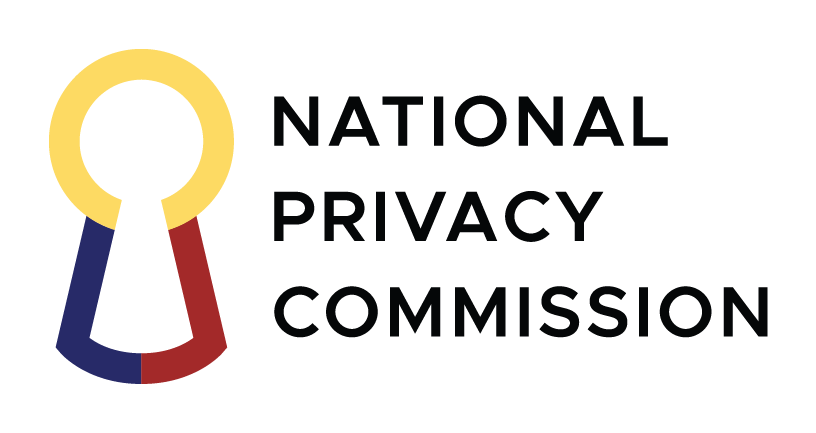Prior to 1988, Belgian assistance to the Philippines came mainly through non-official channels in the form of technical assistance such as study and training grants, donations/gift in kind, and deployment of Belgian missionaries and educators. These, however, were for the most part not accounted and not monitored by recipient government agencies. Hence, the only recorded Belgian ODA committed to the Philippines during the same period amounted to US$42 million (US$41 million in loan commitments and US$1 million in grants). The main assistance was the provision of soft loans and commercial credits for the construction of the Light Rail Transit Line I.
Bilateral development cooperation programs between the Philippines and Belgium officially started with the signing of the Agreement on Economic, Industrial, Scientific, Technical and Development Cooperation between the Belgo-Luxembourg Economic Union and the Government of the Philippines on 15 January 1987.
A milestone in the history of RP-Belgium cooperation was the decision by then Belgian State Secretary Reginald Moreels to confer on the Philippines the status of "partner country" for Belgian development assistance, during his visit to the Philippines in September 1995. An MOU on Development Cooperation for the period 1994-1997 was then signed by both countries.
In 1996, the RP-Belgium Development Cooperation Agreement was initialed during the visit of Crown Prince Philippe. However, the initialed Agreement became moribund in view of the removal of the Philippines from the "partner country" list in April 2000. Even with this removal, however, the Philippines continues to receive Belgian ODA on a project-to-project basis. (Note: Partner countries are those in which Belgian assistance are concentrated. To date, there are only 18 partner countries of which the majority are located in Africa.)
Since 1995 and up to the present, Belgium has contributed over Euro 45 million in grants and loans promoting economic and social development in the Philippines.
Belgian Integrated Agrarian Reform Support Programme (BIARSP)
The biggest Belgian ODA to the Philippines in financial terms is the Belgian Integrated Agrarian Reform Support Programme (BIARSP). The Grant was first negotiated in 1995 and finally approved in 1997.
The BIARSP is a bilateral program between the Governments of Belgium and the Philippines to help the agrarian reform agenda. As agrarian reform is more than just giving "land-to-the tiller", the philosophy of BIARSP is to address and integrate a wide range of aspirations of rural communities towards poverty alleviation. Among others, this involves the construction of irrigation systems, farm-to-market roads etc. The lead agency in the Philippines is the Department of Agrarian Reform.
BIARSP operates in 74 agrarian reform communities in Central Visayas (Region VII) and Western Mindanao (Region IX). A total of 60,000 agrarian reform beneficiaries (ARBs) and 20,000 non ARBs from 54 municipalities in the 8 provinces are to benefit from the programme.
Project Cost According to the Original Agreement:
| Total Project Cost : | Philippine Pesos (PhP) 1.240 billion |
| Belgian Grant : | PhP 900 million |
| Philippine Counterpart : | PhP 340 million |
In April 2003, the Philippine and Belgian governments agreed to extend BIARSP until August 2007. The last phase, a transfer and consolidation phase, started in September 2003 and ended in August 2007.
Light Rail Transit System
One of the most visible and high-profile projects involving RP-Belgian cooperation is Manila's LRT I. Initial assistance for building the LRT project came from the Belgian Government which granted a Euro7.5 million "soft" and interest-free loan with a repayment time of 30 years. The project was expected to pay for itself within a period of 20 years out of revenue alone.
A Belgian consortium consisting of ACEC (Ateliers de Constructions Electriques de Charleroi), BN (Constructions Ferroviaires et Metalliques, formerly Brugeoise et Nivelles), TEI (Tractionnel Engineering International) and TC (Transurb Consult) provided an additional loan of PhP700 million. The consortium provided the cars, signaling, power control, telecommunications, training and technical assistance. The entire system was expected to be financially "in the red" well into 1993. Against an expected gross revenue of PhP365 million for the first operating year, government losses were thought likely to reach PhP216 million.
On 04 August 2004, the Philippine and Belgian Governments signed a financial agreement enabling Belgium to extend to the Philippines a new soft, interest-free, state-to-state loan in the amount of Euro 6.3 million (PhP 428 million) for the Light Rail Transit-1 (LRT-1) Modernization Phase II Project in Metro Manila. This loan is for the comprehensive modernization and normalization of the 32 other cars/units, and the procurement of critical electronic equipment, traction motor armatures, spare parts of down vehicles, various equipment sensors and refurbishment of some chopper modules for the riding public. Alstom s.a., and the Light Rail Transit Authority undertook the project.

